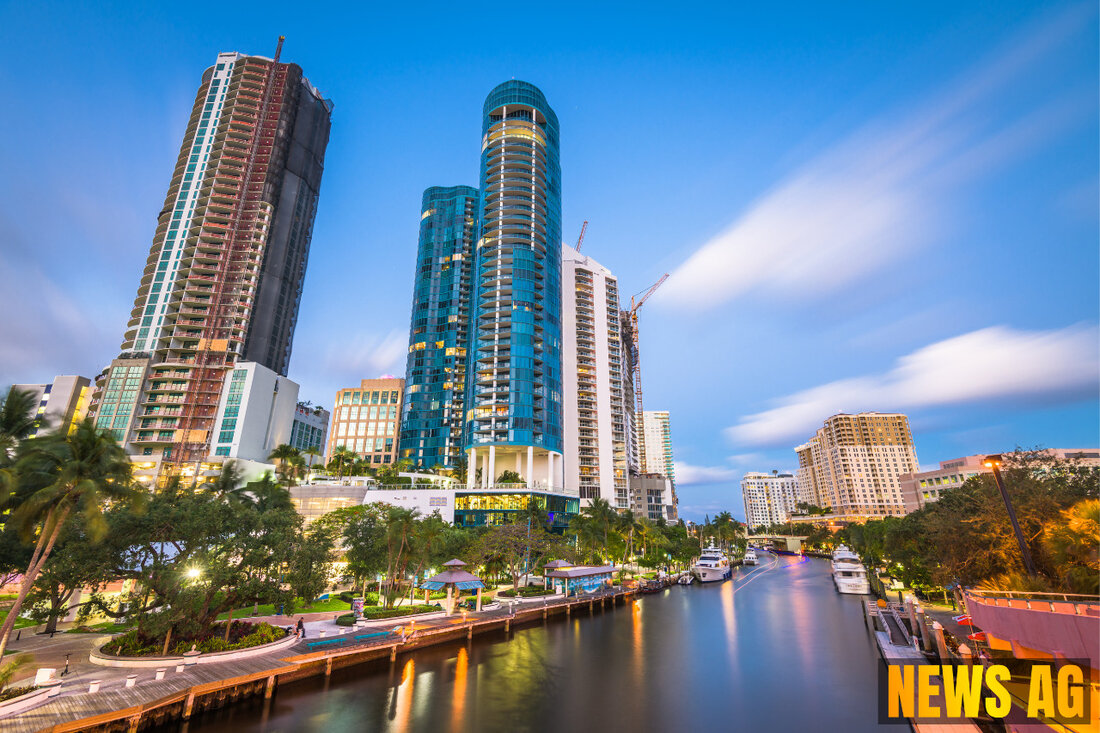Florida's Transit-Oriented Developments: A Blueprint for Sustainable Growth
Explore Florida's evolving transit-oriented developments through insights from Stantec's Arturo Vasquez, highlighting urban growth, legal changes, and sustainable design.

Florida's Transit-Oriented Developments: A Blueprint for Sustainable Growth
In the sunshine state of Florida, a wave of legislative changes is stirring excitement around transit-oriented developments (TOD). At the helm of this movement is Arturo Vasquez, a Design Principal and Senior Architect at Stantec, who holds over 37 years of experience in shaping our urban landscapes. His insights shed light on how Florida is gearing up to fundamentally transform its approach to urban growth.
Vasquez leads integrated design teams at Stantec’s Miami office, specializing in master planning and architectural design for mixed-use and higher education projects. His recent portfolio showcases ambitious ventures including the Fort Lauderdale Searstown high-density residential development and a flashy mid-rise multifamily project at 79th and Biscayne in Miami. These developments are not just bricks and mortar; they embody Florida’s vision for more cohesive cities that are easy to navigate and less reliant on cars.
Legislative Changes Driving TOD Forward
On February 28, 2024, the Florida Legislature passed significant amendments to the Live Local Act, ushering in a new era for housing projects statewide. According to Holland & Knight, these amendments include major changes like the elimination of parking requirements for developments within TODs, which could significantly ease financial burdens for developers. What does this mean in practice? It means we could see a healthier balance between residential and commercial spaces, as developers can push forward without the usual hurdles of parking ratios impacting their plans.
This legislative move also sets the stage for projects featuring at least 40% affordable units to gain expedited approvals from local governments. Gone are the days when hurdles related to density and height made developers think twice about projects—they’re now preemptively guaranteed a level of administrative approval under the amended act. This opens doors for innovative housing solutions across urban centers.
Balancing Growth with Community Needs
Meanwhile, on April 10, 2025, another piece of legislation, House Bill 943, was introduced to further reshape land use regulations. This bill aims primarily at fostering mixed-use developments, especially in unincorporated areas designated for commercial or industrial use. The idea? To create vibrant communities that reduce reliance on personal vehicles while also blending residential and commercial lifestyles seamlessly.
By allowing multifamily developments only if they include at least a mix of residential and commercial spaces, the Florida State Legislature is trying to strike a balance between growth and accessibility to public transit nodes. Supporters tout that this could ease the housing shortages and promote sustainable urban living, while critics are cautiously voicing their concerns over potential overdevelopment and strain on local resources, fearing scale without careful planning could lead to a deteriorating quality of life.
As encouraging as these developments sound, the challenge lies in keeping the community’s character intact while finding that sweet spot in governance and growth. It’s a complex dance between providing much-needed housing and preserving the charm that makes our neighborhoods desirable.
Arturo Vasquez underscores the importance of learning from cities that have successfully integrated transit systems within their urban fabric. As he points out, effective architecture can weave together transportation systems and community living, enhancing both mobility and the overall quality of life for residents. Florida’s ambitious plans for transit-oriented development could indeed set a precedent for similar initiatives elsewhere.
In a time where housing affordability, urban sustainability, and transportation connectivity go hand-in-hand, navigating through these exciting changes will only become more crucial. As we gear up for this rollercoaster of urban evolution, let’s keep our collective eyes on ensuring that all Floridians benefit from the growth our state is experiencing.

 Suche
Suche
 Mein Konto
Mein Konto